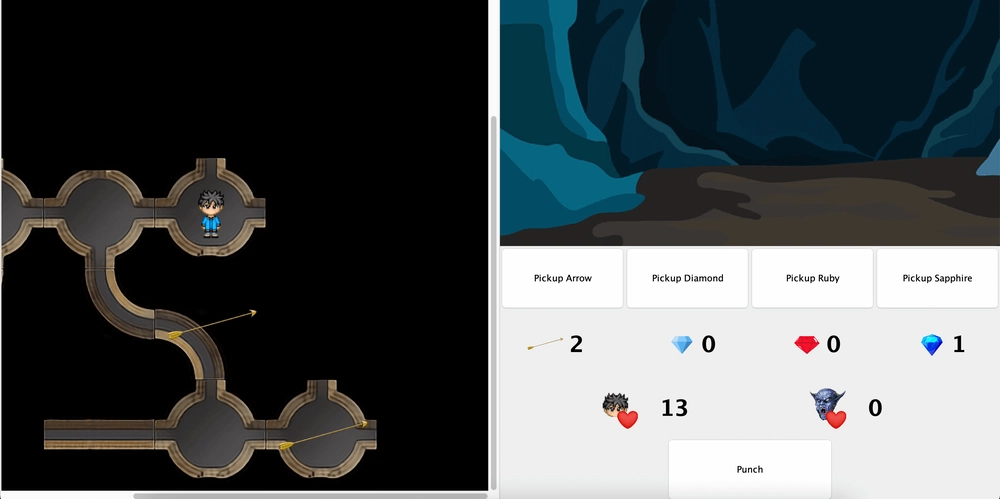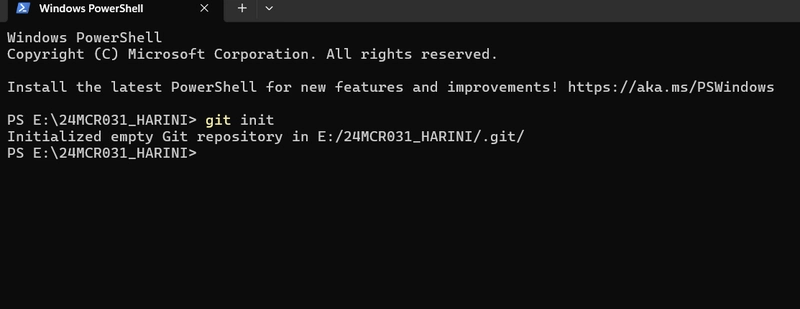Building a Complex Dungeon Maze Game with Java Swing: An Architectural Deep Dive
Java Swing is often overlooked for game development — but when used with good architecture patterns like MVC and TDD, it can be a powerful tool. In this post, I’ll explain how I built a modular, extensible Dungeon Maze Game using pure Java Swing and share tips for designing maintainable, testable desktop applications. Why Java Swing for a Game? Java Swing provides a robust and flexible UI toolkit. However, it's not a game engine — so to build games with Swing, you have to: Handle game loops, redraw cycles, and user input manually Create a clean separation between game logic and UI rendering Solve challenges related to real-time responsiveness This made Swing an interesting challenge — and a perfect playground to apply software engineering principles like MVC architecture and Test-Driven Development. Java being a language that I have been using for a while it is easy to learn and apply this framework. About the Project: Java Swing Dungeon Maze Game The project is a grid-based dungeon crawler where: The player navigates caves and tunnels Encounters obstacles Solves mazes generated randomly Moves using keyboard input (Arrow keys) The game architecture is designed to be extensible, testable, and easy to modify. You can find the full code here: GitHub Repository Key Architectural Decisions

Java Swing is often overlooked for game development — but when used with good architecture patterns like MVC and TDD, it can be a powerful tool.
In this post, I’ll explain how I built a modular, extensible Dungeon Maze Game using pure Java Swing and share tips for designing maintainable, testable desktop applications.
Why Java Swing for a Game?
Java Swing provides a robust and flexible UI toolkit.
However, it's not a game engine — so to build games with Swing, you have to:
- Handle game loops, redraw cycles, and user input manually
- Create a clean separation between game logic and UI rendering
- Solve challenges related to real-time responsiveness
This made Swing an interesting challenge — and a perfect playground to apply software engineering principles like MVC architecture and Test-Driven Development. Java being a language that I have been using for a while it is easy to learn and apply this framework.
About the Project: Java Swing Dungeon Maze Game
The project is a grid-based dungeon crawler where:
- The player navigates caves and tunnels
- Encounters obstacles
- Solves mazes generated randomly
- Moves using keyboard input (Arrow keys)
The game architecture is designed to be extensible, testable, and easy to modify.
You can find the full code here: GitHub Repository
































































































































































![[The AI Show Episode 143]: ChatGPT Revenue Surge, New AGI Timelines, Amazon’s AI Agent, Claude for Education, Model Context Protocol & LLMs Pass the Turing Test](https://www.marketingaiinstitute.com/hubfs/ep%20143%20cover.png)































































































































![[DEALS] Koofr Cloud Storage: Lifetime Subscription (1TB) (80% off) & Other Deals Up To 98% Off – Offers End Soon!](https://www.javacodegeeks.com/wp-content/uploads/2012/12/jcg-logo.jpg)
























![Is this too much for a modular monolith system? [closed]](https://i.sstatic.net/pYL1nsfg.png)




















































































































_roibu_Alamy.jpg?width=1280&auto=webp&quality=80&disable=upscale#)




 CISO’s Core Focus.webp?#)







































































































![M4 MacBook Air Drops to Just $849 - Act Fast! [Lowest Price Ever]](https://www.iclarified.com/images/news/97140/97140/97140-640.jpg)
![Apple Smart Glasses Not Close to Being Ready as Meta Targets 2025 [Gurman]](https://www.iclarified.com/images/news/97139/97139/97139-640.jpg)
![iPadOS 19 May Introduce Menu Bar, iOS 19 to Support External Displays [Rumor]](https://www.iclarified.com/images/news/97137/97137/97137-640.jpg)




































































































